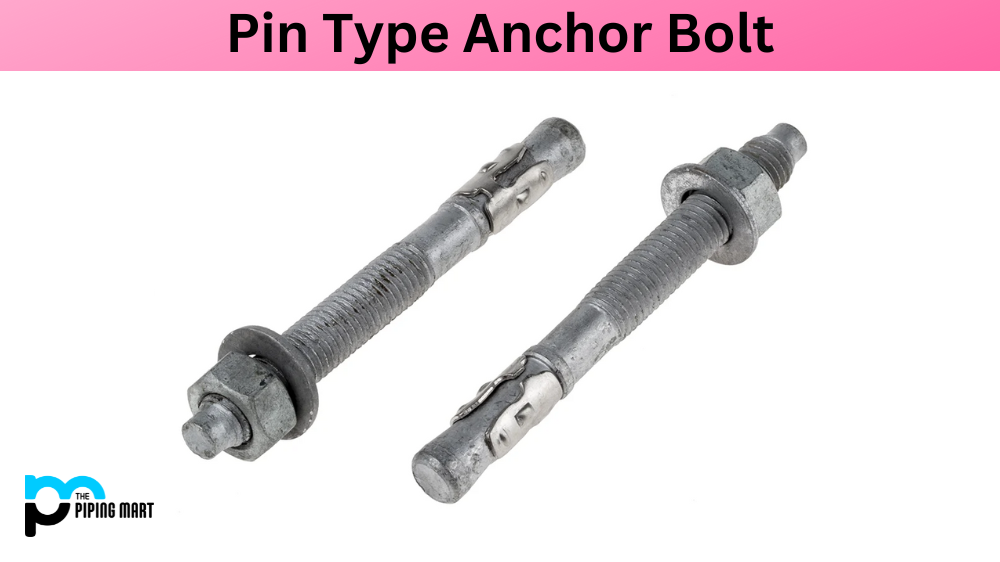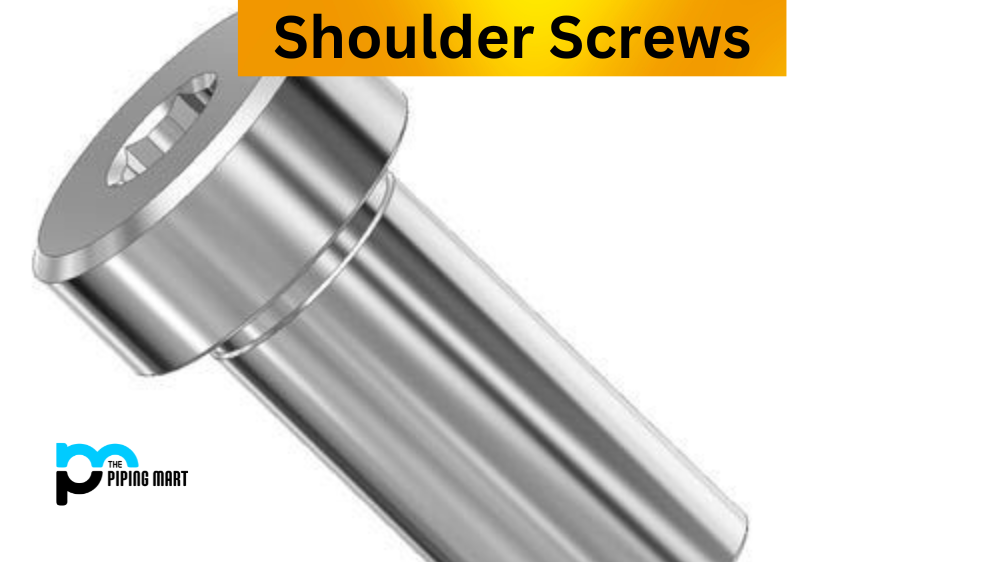As any construction professional knows, the right fasteners are a critical part of the job. This is especially true when it comes to anchor bolts. Pin-type anchor bolts, in particular, offer a great combination of strength and flexibility, making them ideal for a wide range of applications. But what exactly is a pin-type anchor bolt? And how do you use it? Let’s take a closer look.
What is Pin Type Anchor Bolt?
A pin-type anchor bolt is an L-shaped fastener with one end designed for anchoring into masonry or concrete structures and the other designed for attaching threaded rods or straps. The connection point between these two parts features a hole that allows the bolt to be driven into masonry or concrete using an appropriate tool such as a hammer drill or percussion drill.
Once installed, the pin-type anchor bolt provides an exceptionally strong grip that prevents movement and helps hold heavy objects in place. This makes them ideal for attaching items such as shelves, brackets and pipes to walls, ceilings or floors made of masonry or concrete material.
Pin Type Anchor Bolt Uses
Pin-type anchor bolts can be used in virtually any application where strong yet flexible fastening is required. Common examples include installing signposts, steel columns and electrical wiring onto walls, ceilings or floors made from brick, blockwork or concrete. They are also used in industrial applications such as mounting machinery and equipment onto factory floors.
Conclusion:
When it comes to secure fastening into masonry or concrete structures, pin-type anchor bolts offer an excellent solution due to their combination of strength and flexibility. Whether you’re anchoring signposts on a sidewalk or installing electrical wiring in your home basement, this versatile fastener has you covered! If you want to make sure your project is done right the first time around, then be sure to consider using pin-type anchor bolts wherever applicable!

Pipingmart is a B2B portal that specializes in metal, industrial and piping items. Additionally, we share the latest information and information about materials, products and various types of grades to assist businesses that are involved in this business.




